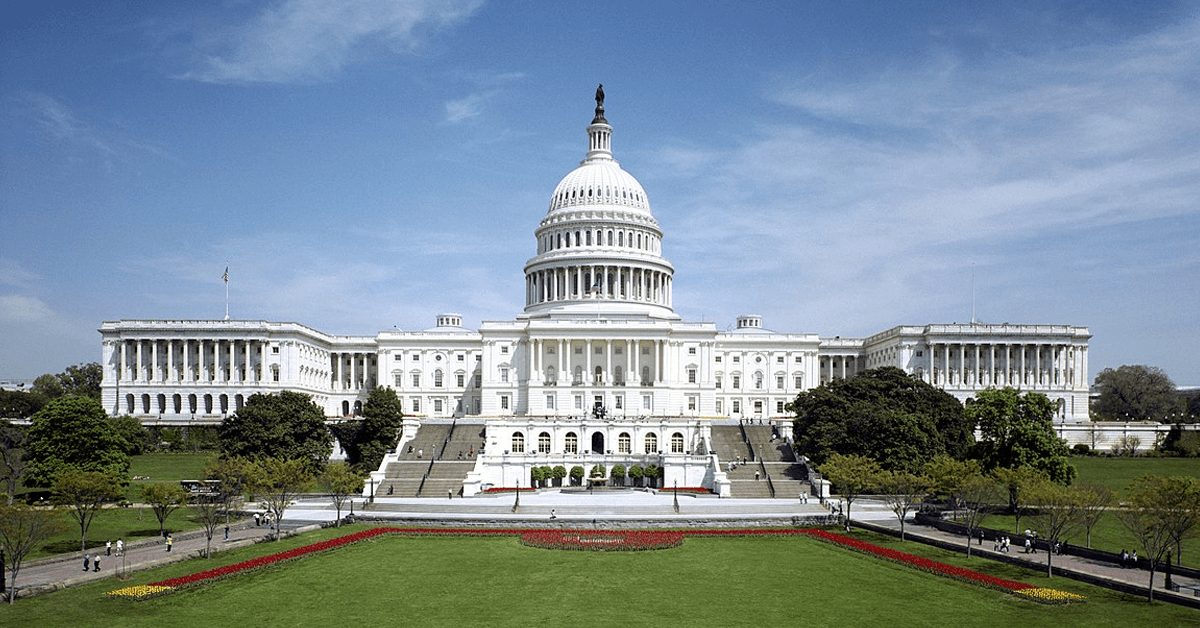

In my 35-plus years as a government marketer, one thing has stayed constant: the knowledge that we can all gain from listening to our customers. One way we do that at Government Marketing University is through our Ambassador program.
GMarkU Ambassadors are seasoned former government leaders who contribute their time, expertise, and valuable insight on how to engage with government decision makers and influencers.
Here are just a few of our “Insider Tips” that we have gleaned from our Ambassadors on how to market to federal CIOs and other senior level executives.
1) Know your government customer’s needs and challenges
Senior federal IT and acquisition executives have specific challenges and pain points within their agency, and they want to know that you understand those when you reach out to them. Be sure your messaging prominently reflects and addresses the priority problems of that particular agency. Review your target agency’s website to garner the right messaging to use in your materials. Download and read the agency’s strategic plan. For example, for the Department of Commerce, you can find the 2018-2022 Strategic Plan at https://www.commerce.gov/about/strategic-plan. These plans are full of great information, including mission descriptions, investment priorities, goals, objectives, performance indicators, and the strategies they will use to execute the plan.
2) Target your message at the appropriate level
Contrary to what many marketing and salespeople may think, CIOs and other senior federal executives are typically not making procurement decisions or weighing in on what solution is best for a given problem set. They are executives who are primarily concerned with supporting their enterprise mission needs through the strategic application of technology. Their focus is at the strategic level, not the tactical or project level. Talk to CIOs and other senior IT executives about how to solve the enterprise-level problems they confront and about the business case for those solutions. If your messaging consists of boasting about your company or its products, it will likely fail to connect with a CIO or other senior government executive.
3) Keep your message short and to the point
An executive summary is called that for a reason. Federal CIOs and other senior executives are busy. They do not need to know all 10 selling points of your solution; they only need to know how it uniquely suits their highest-priority strategic needs, mission and challenges. The message must respect their time and executive perspective. A successful engagement results in them passing your material onto a staff member who is more technically expert for further review and perhaps a lengthier technical discussion. Also, make sure to follow and incorporate trends in government technology (such as AI, citizen experience, cloud, robotics, and more) into your messaging. CIOs and other IT executives keep an eye on them, so should you.
4) Tailor your message to the agency
Email blasts and general-purpose marketing brochures (including those tailored to a governmentwide audience) will seldom capture the eyeballs of a federal CIO or other senior IT executive. They are locked in on agency-specific issues and pain points that may have little do with broader, government-wide trends and problems. To earn the attention of federal executives, a marketing message must immediately reflect its relevance to their agency-specific needs. It takes more time and effort, but the more agency-specific a message is, the more effective it will be.
5) Share case studies from government and the private sector
Federal CIOs and other federal IT executives do not just want to know what other federal agencies are doing. They also recognize that the leading edge of innovation typically starts in the private sector. They want to know how large private sector enterprises are applying innovative approaches and technologies to successfully address comparable challenges and circumstances. Government Marketing University has interviewed many Government Public Affairs Officers and they all agree that they want to have their industry partners have case studies on how their solution is helping their agency reach their mission goals (while ensuring no endorsements). You can download to hear how to successfully engage and work with PAO’s at: https://www.gmarku.com/channel/marketing-insider-tips/
6) Don’t sell a product — solve a problem
Before engaging a federal CIO or other senior IT executive make sure you become familiar with what that person has been saying publicly at live events, on webinars, on social media, or in the media. Learn what they are saying about their agencies’ needs, challenges and plans, then craft your message to address their pain points. Your message must focus on solving their problems, not on the selling points of your solution. Ambassadors also tell us that, when they were in government, they welcomed hearing about commercial customers if their business profiles and challenges were common with those of their own agencies. Senior leaders at federal agencies that have significant financial mission portfolios, such as the Agriculture and Treasury Departments, for example, will be interested in hearing case studies about how your solution helped large enterprises in the banking and financial services industry. It is important that you establish that relevancy up front.
7) Agency-specific mandates and challenges are usually given higher priority over government-wide mandates and challenges
Federal CIOs and other senior IT executives are well aware of the many governmentwide mandates and reforms being pushed by Congress, the Office of Management and Budget, and the Government Accountability Office. But they are often far more consumed with the agency-specific challenges they face on a day-to-day basis, whether those concern addressing specific cyber risks, moving away from a costly legacy system, or something else. Their first responsibility is to serve the mission of their agency and its various mission directorates. It is OK to talk about government-wide mandates and reforms, but discuss them in a way that maps to the specific concerns of the agency you are communicating with.
8) Don’t neglect the technical staff
You may think you need to reach the CIO because they call the shots, but when it comes to deciding which system or product to purchase, the technical staff who report to the CIO wield the biggest influence. CIOs are often not technically oriented people (they tend to be business- or mission-oriented people) and they rely heavily on their technical experts for recommendations and counsel. It is these staff who sit on technical evaluation teams that make procurement decisions and recommendations. Our Ambassadors emphasize it is important to connect with multiple job titles as part of your marketing and sales outreach and make sure you provide a salient business message for the C-Suite and a compelling technical message for IT staff.
9) Use social media – it works!
Social media is an extension of your messaging, so use it. Federal executives are hungry to learn and know what is happening in the marketplace and discover new solutions that might apply to their needs. And they do curate and read what is racing across LinkedIn, Facebook, Twitter and other social media sites, as it relates to them and their agencies. And don’t just use social media to amplify your own messaging — be sure to follow influential officials at your target agencies, read what they have to say, and then incorporate those insights into your own messaging. LinkedIn has become an integral part of the Government Contracting (GovCon) ecosystem. Federal civilian employees, DOD, military and the IC are here in large numbers. Mark Amtower, a GovCon expert, noted in a January 2020 article that 2,150,912 civilian and DoD users are on LinkedIn and he breaks the counts down by agency. Read his full article here.
10) Cite neutral third parties and industry analysts when possible.
Senior federal executives are often barraged with marketing and sales pitches in which companies say they can do everything better than everyone else. Finding credible differentiation can be a challenge for them. If you can cite neutral third-party analysts in your messaging, that can help set your company apart from the very cluttered market. Especially helpful is if your company is highlighted in a positive light with the Gartner Magic Quadrant.
Another tip: If your company has published a paper in collaboration with a third-party that does not focus on government specifically, I recommend you add an “executive briefing” that helps make the messaging relevant to federal and to your target agency in particular.
Author: Lou Anne Brossman
CEO and Co-Founder
Government Marketing University
(703) 408-4311







